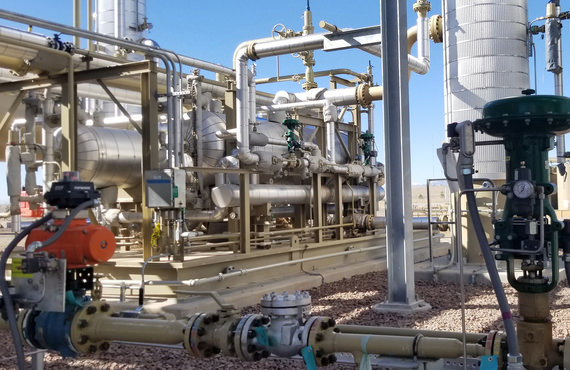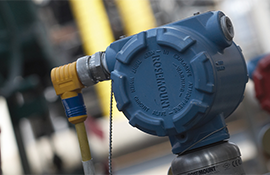Froth treatment plants further remove air, water, and fine solids from bitumen froth produced in primary extraction.
A variety of methods are utilized including inclined plate separators and centrifuges. Although the solids content is lower than the primary extraction process, the froth remains erosive, resulting in mechanical degradation of equipment. Optimizing plant performance, by accurately measuring froth make-up to set feed rates and adjusting centrifuge performance, ensures maximum bitumen product quality and regulatory compliance.






